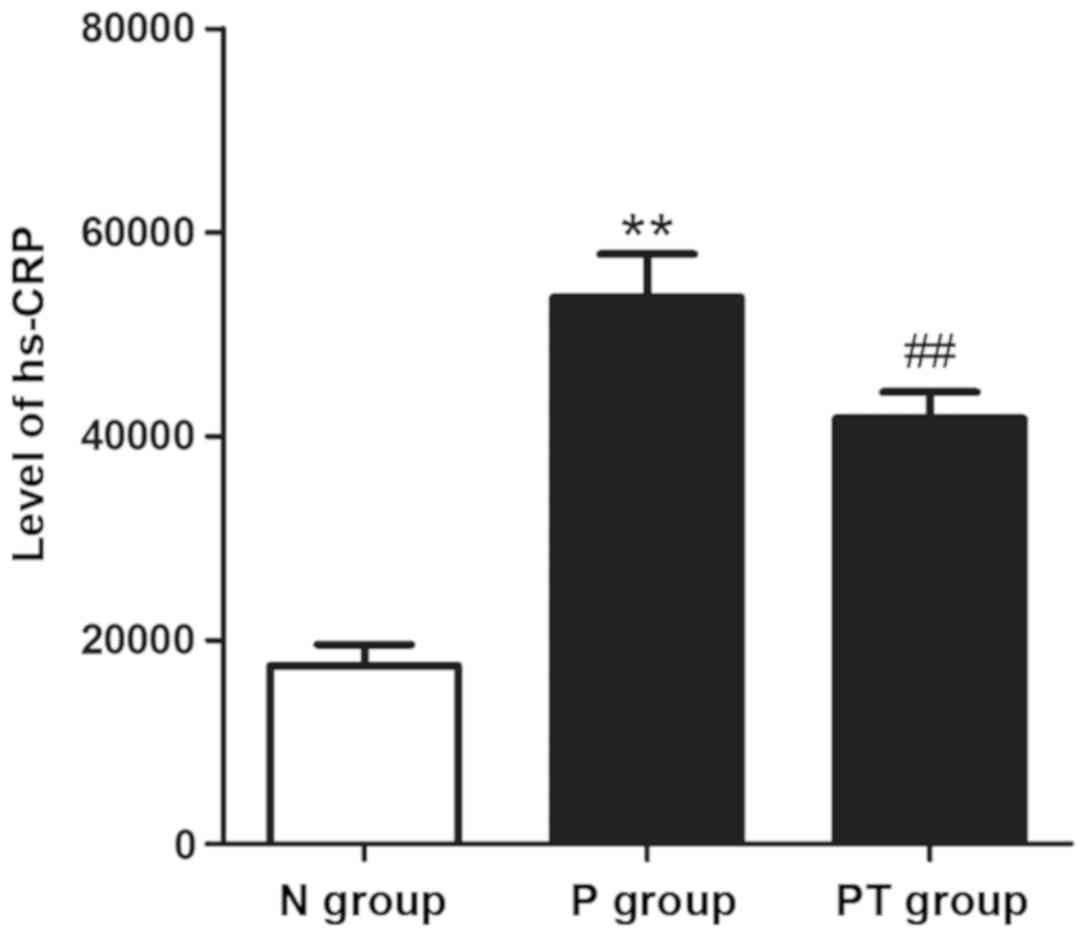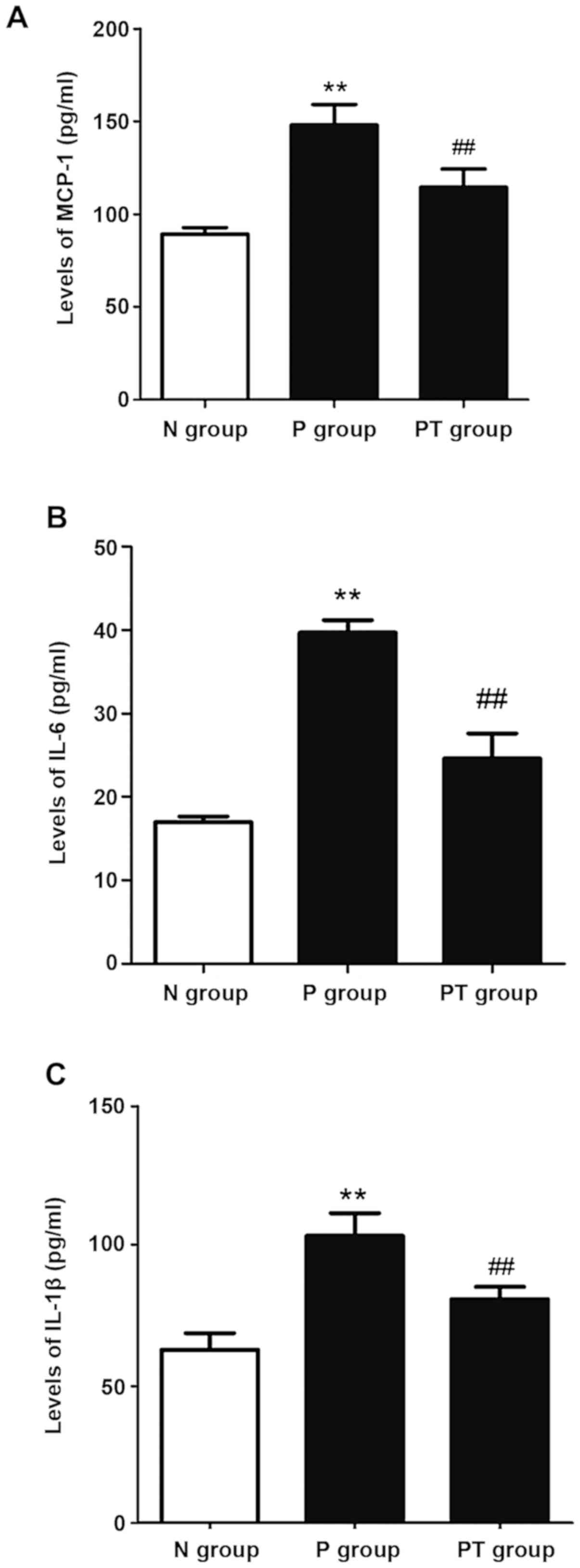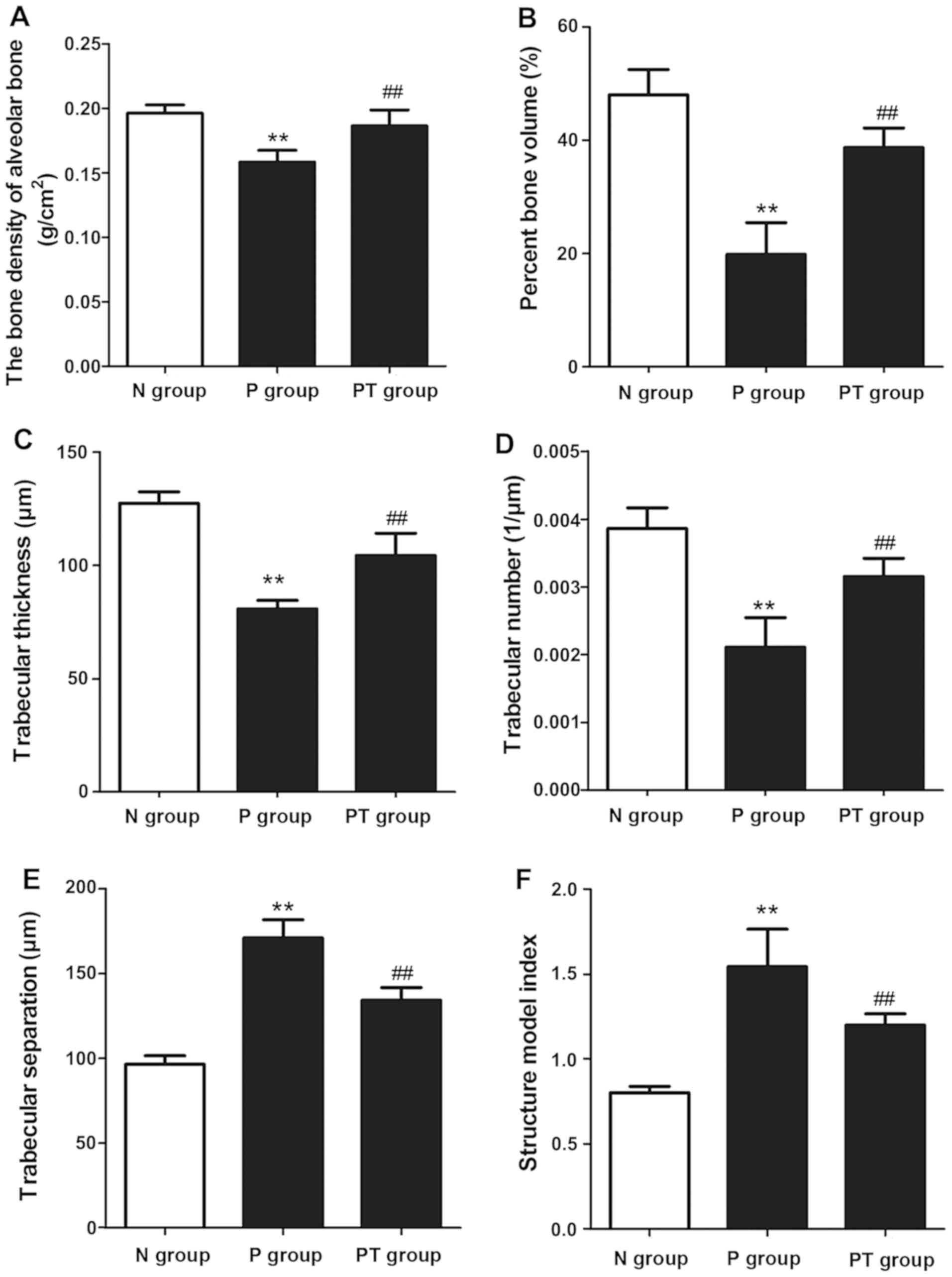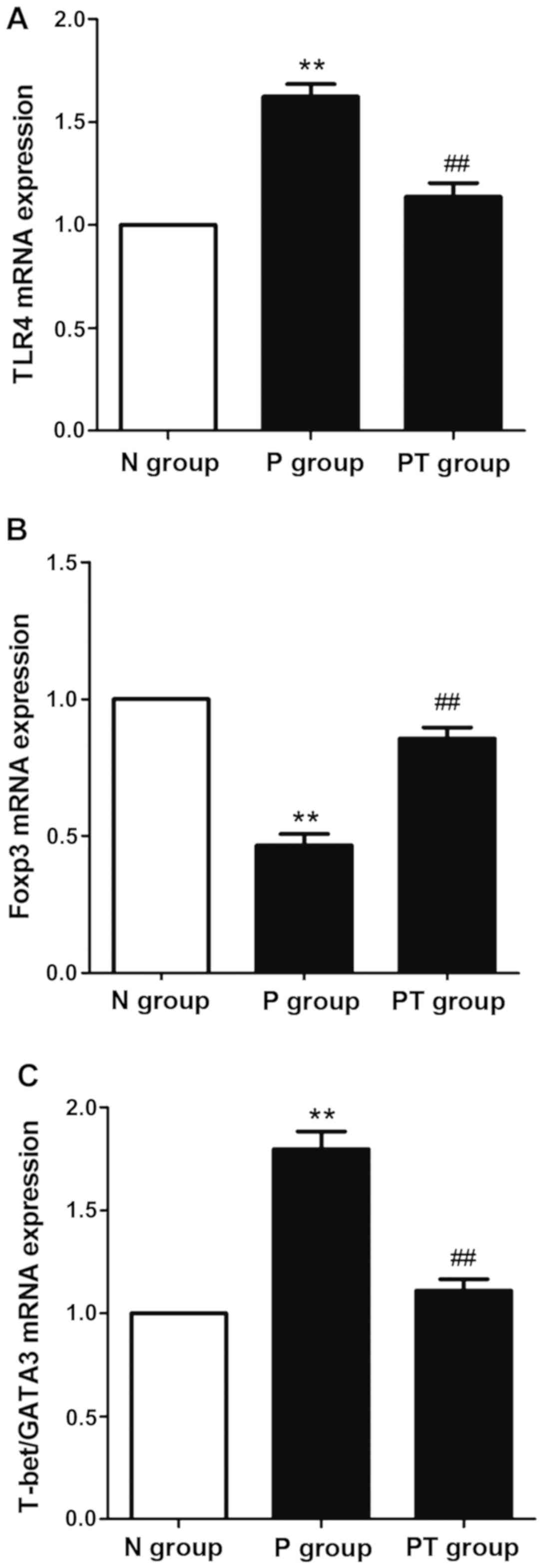|
1
|
Han K and Park JB: Clinical implications
of age and sex in the prevalence of periodontitis in Korean adults
with diabetes. Exp Ther Med. 15:3865–3873. 2018.PubMed/NCBI
|
|
2
|
Rodrigues DC, Taba MJ Jr, Novaes AB Jr,
Souza SL and Grisi MF: Effect of non-surgical periodontal therapy
on glycemic control in patients with type 2 diabetes mellitus. J
Periodontol. 74:1361–1367. 2003. View Article : Google Scholar : PubMed/NCBI
|
|
3
|
Correa FO, Goncalves D, Figueredo CM,
Gustafsson A and Orrico SR: The short-term effectiveness of
non-surgical treatment in reducing levels of interleukin-1beta and
proteases in gingival crevicular fluid from patients with type 2
diabetes mellitus and chronic periodontitis. J Periodontol.
79:2143–2150. 2008. View Article : Google Scholar
|
|
4
|
Longato E, Acciaroli G, Facchinetti A,
Hakaste L, Tuomi T, Maran A and Sparacino G: Glycaemic
variability-based classification of impaired glucose tolerance vs.
type 2 diabetes using continuous glucose monitoring data. Comput
Biol Med. 96:141–146. 2018. View Article : Google Scholar : PubMed/NCBI
|
|
5
|
Graziani F, Gennai S, Solini A and Petrini
M: A systematic review and meta-analysis of epidemiologic
observational evidence on the effect of periodontitis on diabetes:
An update of the EFP-AAP review. J Clin Periodontol. 45:167–187.
2018. View Article : Google Scholar : PubMed/NCBI
|
|
6
|
Luo W, Wang CY and Jin L: Baicalin
downregulates Porphyromonas gingivalis
lipopolysaccharide-upregulated IL-6 and IL-8 expression in human
oral keratinocytes by negative regulation of TLR signaling. PLoS
One. 7:e510082012. View Article : Google Scholar : PubMed/NCBI
|
|
7
|
Jagannathan M, Hasturk H, Liang Y, Shin H,
Hetzel JT, Kantarci A, Rubin D, McDonnell ME, Van Dyke TE,
Ganley-Leal LM, et al: TLR cross-talk specifically regulates
cytokine production by B cells from chronic inflammatory disease
patients. J Immunol. 183:7461–7470. 2009. View Article : Google Scholar : PubMed/NCBI
|
|
8
|
Gupta R, Vardhan H, Srivastava P, Salhan S
and Mittal A: Modulation of cytokines and transcription factors
(T-Bet and GATA3) in CD4 enriched cervical cells of Chlamydia
trachomatis infected fertile and infertile women upon stimulation
with chlamydial inclusion membrane proteins B and C. Reprod Biol
Endocrinol. 7:842009. View Article : Google Scholar : PubMed/NCBI
|
|
9
|
Zhen L, Fan DS, Zhang Y, Cao XM and Wang
LM: Resveratrol ameliorates experimental periodontitis in diabetic
mice through negative regulation of TLR4 signaling. Acta Pharmacol
Sin. 36:221–228. 2015. View Article : Google Scholar : PubMed/NCBI
|
|
10
|
Livak KJ and Schmittgen TD: Analysis of
relative gene expression data using real-time quantitative PCR and
the 2(-DeltaDelta C(T)) method. Methods. 25:402–408. 2001.
View Article : Google Scholar : PubMed/NCBI
|
|
11
|
Di Paola R, Mazzon E, Zito D, Maiere D,
Britti D, Genovese T and Cuzzocrea S: Effects of Tempol, a
membrane-permeable radical scavenger, in a rodent model
periodontitis. J Clin Periodontol. 32:1062–1068. 2005. View Article : Google Scholar : PubMed/NCBI
|
|
12
|
Mohd-Dom T, Ayob R, Mohd-Nur A,
Abdul-Manaf MR, Ishak N, Abdul-Muttalib K, Aljunid SM, Ahmad-Yaziz
Y, Abdul-Aziz H, Kasan N, et al: Cost analysis of periodontitis
management in public sector specialist dental clinics. BMC Oral
Health. 14:562014. View Article : Google Scholar : PubMed/NCBI
|
|
13
|
Gray SG, Sweeting AN, Mcguire TM, Cohen N,
Ross GP and Little PJ: Changing environment of hyperglycemia in
pregnancy: Gestational diabetes and diabetes mellitus in pregnancy.
J Diabetes. 10:633–640. 2018. View Article : Google Scholar : PubMed/NCBI
|
|
14
|
He W, Yuan T, Choezom D, Hunkler H,
Annamalai K, Lupse B and Maedler K: Ageing potentiates diet-induced
glucose intolerance, β-cell failure and tissue inflammation through
TLR4. Sci Rep. 8:27672018. View Article : Google Scholar : PubMed/NCBI
|
|
15
|
Zhang XY, Liu Y, He T, Yang TT, Wu J,
Cianflone K and Lu HL: Anaphylatoxin C5a induces inflammation and
reduces insulin sensitivity by activating TLR4/NF-κB/PI3K signaling
pathway in 3T3-L1 adipocytes. Biomed Pharmacother. 103:955–964.
2018. View Article : Google Scholar : PubMed/NCBI
|
|
16
|
Abed El-Gaphar OAM, Abo-Youssef AM and
Halal GK: Leveti-ra-cetam mitigates lipopolysaccharide-induced
JAK2/STAT3 and TLR4/MAPK signaling pathways activation in a rat
model of adjuvant-induced arthritis. Eur J Pharmacol. 826:85–95.
2018. View Article : Google Scholar : PubMed/NCBI
|
|
17
|
Tang A, Li C, Chen Z and Li T: Anti-CD20
monoclonal antibody combined with adenovirus vector-mediated IL-10
regulates spleen CD4+/CD8+ T cells and T-bet/GATA-3 expression in
NOD mice. Mol Med Rep. 16:3974–3982. 2017. View Article : Google Scholar : PubMed/NCBI
|
|
18
|
Takada K, Kashiwagi S, Goto W, Asano Y,
Takahashi K, Takashima T, Tomita S, Ohsawa M, Hirakawa K and Ohira
M: Use of the tumor-infiltrating CD8 to FOXP3 lymphocyte ratio in
predicting treatment responses to combination therapy with
pertuzumab, trastuzumab, and docetaxel for advanced HER2-positive
breast cancer. J Transl Med. 16:862018. View Article : Google Scholar : PubMed/NCBI
|
|
19
|
Kondo Y, Saruta J, To M, Shiiki N, Sato C
and Tsukinoki K: Expression and role of the BDNF receptor-TrkB in
rat adrenal gland under acute immobilization stress. Acta Histochem
Cytochem. 43:139–147. 2010. View Article : Google Scholar : PubMed/NCBI
|
|
20
|
Tani N, Kuchiba K, Osada T, Watanabe Y and
Umemoto T: Effect of T-cell deficiency on the formation of
periapical lesions in mice: Histological comparison between
periapical lesion formation in BALB/c and BALB/c nu/nu mice. J
Endod. 21:195–199. 1995. View Article : Google Scholar : PubMed/NCBI
|
|
21
|
Ebersole JL, Al-Sabbagh M, Gonzalez OA and
Dawson DR III: Ageing effects on humoral immune responses in
chronic periodontitis. J Clin Periodontol. 45:680–692. 2018.
View Article : Google Scholar : PubMed/NCBI
|


















